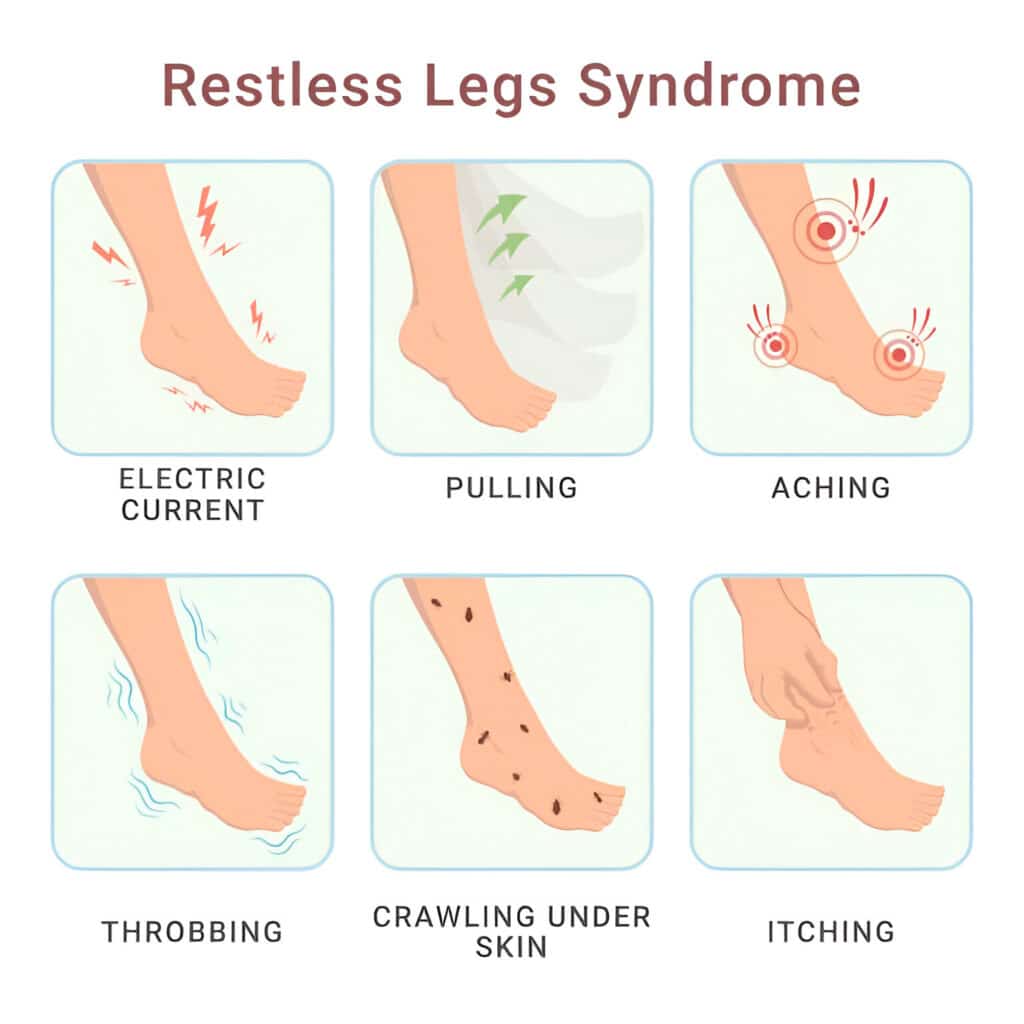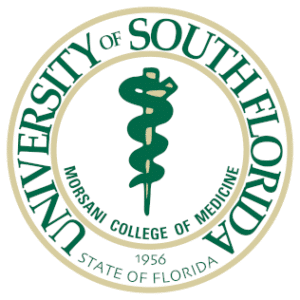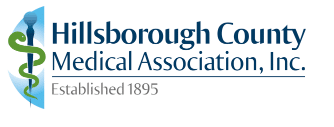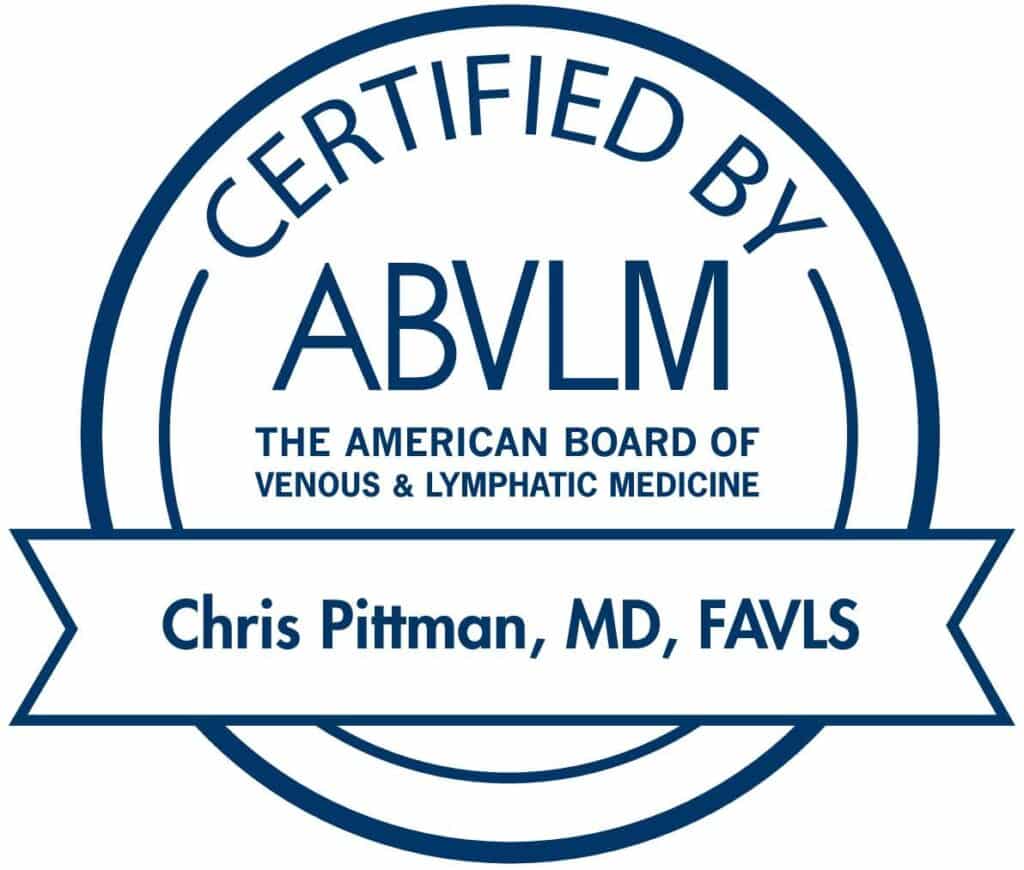Do You Have Restless Legs?
Restless Leg Syndrome (RLS) is a disorder that causes an overwhelming urge to move one’s legs and affects 5-10% of adults in the United States1. It typically occurs in the evening or with relaxation. People who suffer from restless leg syndrome describe it as an irresistible urge to get up and move or shake their legs to alleviate the buzzing, tingling, crawling, and restlessness that occurs. For many years, doctors have thought that restless leg syndrome is exclusively a neurological condition. However, several studies over the last 10 years point to venous disease as highly associated with RLS.
How Does Vein Disease Cause Restless Leg Syndrome?
Healthy veins have valves that prevent the backward flow of blood down into your legs. Vein disease is caused by faulty vein valves that allow backward leakage of blood. Backward blood flow causes your veins to enlarge, bulge, and twist resulting in leg symptoms including restless legs. You do NOT have to have bulging varicose veins to have significant, life-style limiting symptoms including restless legs. Vein disease may or may not be associated with varicose veins, spider veins, skin changes and venous ulcerations, or restless legs and indiscriminately affects between 30–40 million Americans.

Causes of RLS
At this time, unfortunately, the specific causes of RLS are not known. While research is still being conducted, one theory is that abnormal brain chemicals related to your neurotransmitters that help to control movement may be a causal factor. Another theory is that areas of the central nervous system abnormalities that controls automatic movements may be involved in the condition.
Secondary restless leg syndrome may be a result of another medical condition. Two of the most common medical conditions suggested to be linked to restless legs syndrome are iron-deficiency anemia (or having a abnormally low blood count) and peripheral neuropathy ( a condition often associated with diabetes that involves damage to the nerves in the legs, arms, and especially in the feet.)
It’s important to know though that in many cases the cause of RLS in patients is undiagnosed.
Other Ways to Lessen the Symptoms of RLS
There are several other remedies that you can look into that may help you reduce your RLS symptoms. You can:
If you are having trouble sleeping and believe you have restless legs syndrome, we encourage you to give us a call here at Vein911® Vein Treatment Centers in Tampa, FL at 855-396-8846. We are Tampa, Clearwater and Wesley Chapel vein care clinic who will work with you to find viable treatment options for your restless legs syndrome symptoms.










